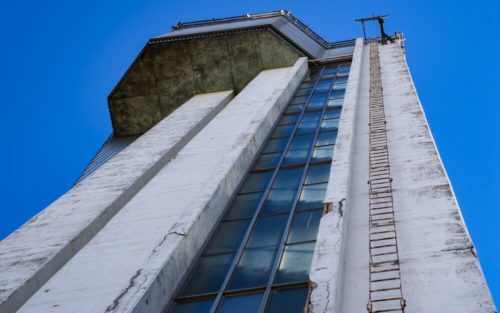
My “At the Airport” column for USATODAY this month is all about some cool, new uses for old, unused airports.

A while back I visited Quito, Ecuador with JetBlue and learned that when the modern Mariscal Sucre International Airport in Quito, Ecuador opened for business in 2013, on land 11 miles east of city, the old in-city airport (which once held a spot on the list of “World’s Most Dangerous Airports”) was transformed into Bicentennial Park.
Terminal buildings now host office space, a convention center is being built onsite, former runways are used for bicycle riding and racing, and large concerts and events, including a July 2015 mass led by Pope Francis, are held in the fields.
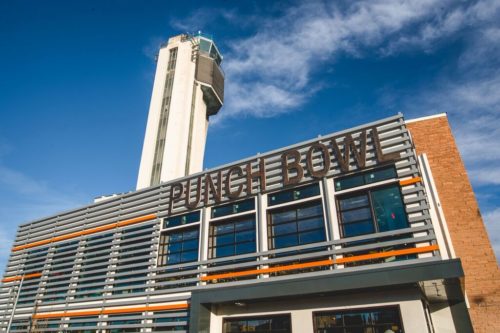
Denver’s Stapleton International Airport, less than 10 miles from downtown Denver, was replaced in February, 1995 by the much larger Denver International Airport, which was built 25 miles from the city center. The 7.5 square miles that once housed Stapleton’s runways and terminals is now a mixed-use community that John Karsada, author of “Aerotropolis: The Way We’ll Live Next,” considers “The most successful repurposing of a former major commercial airport I have observed anywhere in the world.”
Most all the original structures from the former Stapleton airfield were demolished, but the control tower and its building remained. And this month, after sitting vacant for more than 20 years, the tower building reopened as a 32,000 square-foot “eatertainment” concept with six bowling lanes, shuffle board, bocce courts, karaoke rooms, a sports bar and a wide variety of other indoor and outdoor dining, drinking and social gaming opportunities.
“Dozens of ideas for re-use of the tower were presented over the years, including demolition, but there was a desire in the community to preserve the tower in order to visually convey the history of the land as the former Denver airport,” said Robert Thompson, found and CEO of Punch Bowl Social, the company that turned the control tower building into a fun zone.
It would have been easier for Punch Bowl Social to demolish the old building and create something from scratch. Instead they were able to preserve the historic structure, re-using some of the original pre-cast panels that adorned the building exterior. Inside, there are plenty of nods to the golden age of flight.
“The hostess stand is made from a vintage steamer trunk. Reclaimed airplane dials are mounted on the walls, vintage luggage is stacked in shelving around the bowling cage and we have signage from the original Stapleton International Airport throughout,” said Thompson.
And while the interior walls are covered with what appears to be polka dot paper, the pattern is actually made from an aerial view of Stapleton from 30,000 feet up.
“The air traffic control tower is the most visible and iconic representation of the history of this area,” said Denver City Councilman Christopher Herndon, whose district includes Stapleton, “The Punch Bowl Social project embodies the spirit of re-imagination and reactivation Denver embraced when we envisioned a vibrant neighborhood filling the footprint of the former Stapleton airport.”
Creative airport re-use in Austin, Berlin, New York and Hong Kong
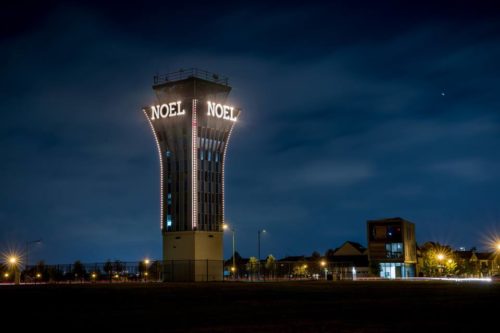
The 700-acre Robert Mueller Municipal Airport, which sat just three miles from downtown Austin, Texas was replaced in 1999 by Austin-Bergstrom International Airport, about 10 miles from the city center.
Today, the former Mueller airport site, like Stapleton, is a mixed used community with homes, retail and office space, parks and public art. A farmer’s market is held in the historic 1943 Browning Hangar, the former aviation administration building houses a visitor/welcome center for the community, and Mueller’s historic airport blue-hued control tower remains as well.
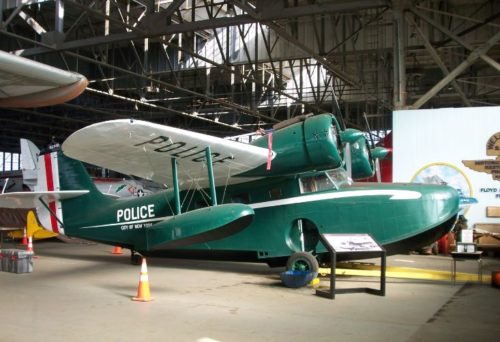
In New York, Floyd Bennett Field (Named for Floyd Bennett, the first person to fly over the North Pole, and the site of the city’s first municipal airport) is now part of the Gateway National Recreation Area on Jamaica Bay in Brooklyn. And historic Hangar B, on the east side of the field, now serves as a restoration and exhibition space for vintage aircraft.
After Berlin-Tempelhof Airport closed in 2008, much of the land was slated for housing and commercial development, but today the giant terminal and hangars remain in use as grand event and concert venues and homes for small businesses. And the vast open spaces are being used by the community for cycling, jogging, running, dog-walking, kite flying, gardening and more.
Flying to cruising
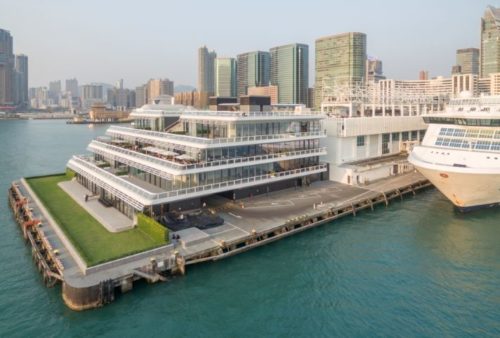
One of the most creative airport re-use projects has been the upcycling of Hong Kong’s in-city airport, Kai Tak, into a cruise terminal.
Hong Kong’s Kai Tak Airport, known for the quick-turn flight approach into the city that inspired both nail-biting and awe, closed in 1998 and was replaced by a far larger Hong Kong International Airport on Chek Lap Kok Island.
Hong Kong’s cruise ship market was growing, so the government decided to turn the former airport into a cruise terminal.
British architectural design and engineering firm Foster + Partners won the international competition to design the project and the first cruise ship berthed at what has now become a landmark site in the city in June 2013.
And because cruise terminals have plenty of downtime, the building was designed as a column free space to accommodate other uses such as car shows, exhibition, concerts and other events.
There’s even a public garden on the roof.
And what will become of other airports that become unused or superfluous in the future?
Already, “Airports often figure in zombie movies as places of last stands or lethal transmission,” notes Christopher Schaberg, author of “Airportness” and an associate professor of English and Environmental Studies at Loyola University New Orleans.
And while there have been some successful attempts to rethink the airport as a different sort of space, Schaberg says “Airports are sites to watch closely as humans continue to run into new limits and challenges in the coming years.”